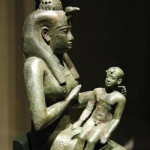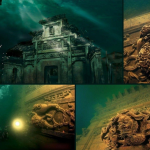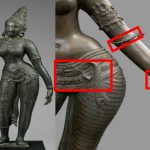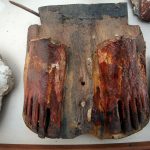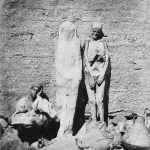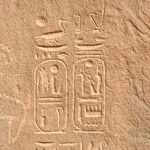The Lion-Man: A Timeless Figurative Art Masterpiece

The Lion-Man stands as a timeless testament to the creativity and artistic expression of our ancient ancestors. Crafted approximately 35,000 years ago, long before the pyramids of Egypt graced the sands of the Nile, this remarkable sculpture predates many known examples of human civilization. Its significance lies not only in its antiquity but also in its unique form—a melding of human and animal features that captivates and intrigues.
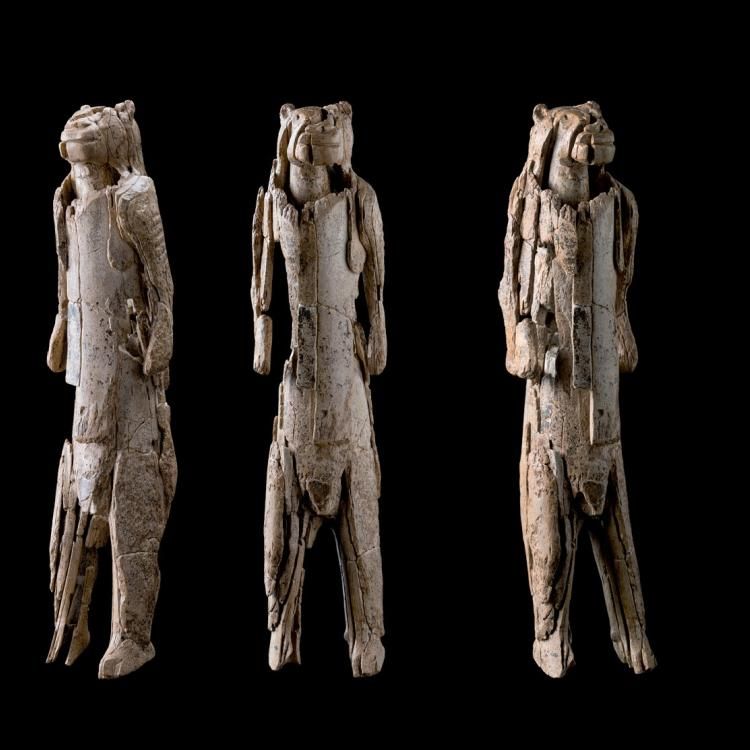
In essence, the Lion-Man represents an early form of zoomorphic art, where a human body is adorned with the head of a lion. This blending of species reflects a deep connection to the natural world and a symbolic representation of power and majesty. Such zoomorphic depictions were not unfamiliar in later civilizations, notably seen in the wall paintings of Egyptian tombs. However, what sets the Lion-Man apart is its sheer age and the mystery surrounding its purpose and meaning to its creators.
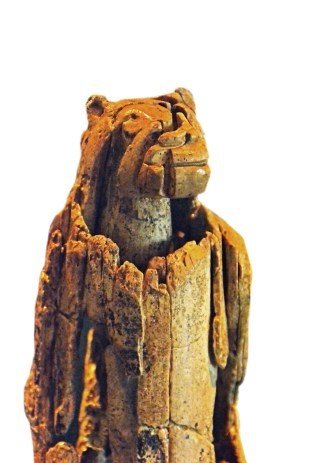
Discovered in a cave in Germany in 1939, the Lion-Man has since been meticulously studied and admired by archaeologists and historians alike. Its creation from mammoth ivory using rudimentary tools showcases the ingenuity and skill of Upper Paleolithic humans, who thrived during a time of harsh climates and challenging environments. The intricate details carved into its form suggest a reverence for both human and animal life, possibly indicating beliefs in spiritual realms or the supernatural.
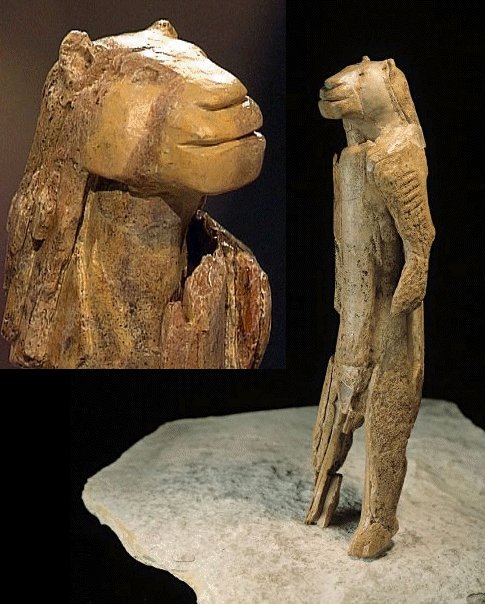
Moreover, the Lion-Man challenges our understanding of early human societies and their capacity for abstract thought and artistic expression. It prompts questions about the cultural and social dynamics of these ancient peoples—what rituals or ceremonies might have involved such a sculpture? Was it a totemic figure, a symbol of tribal identity or leadership, or perhaps an object of veneration in religious practices?
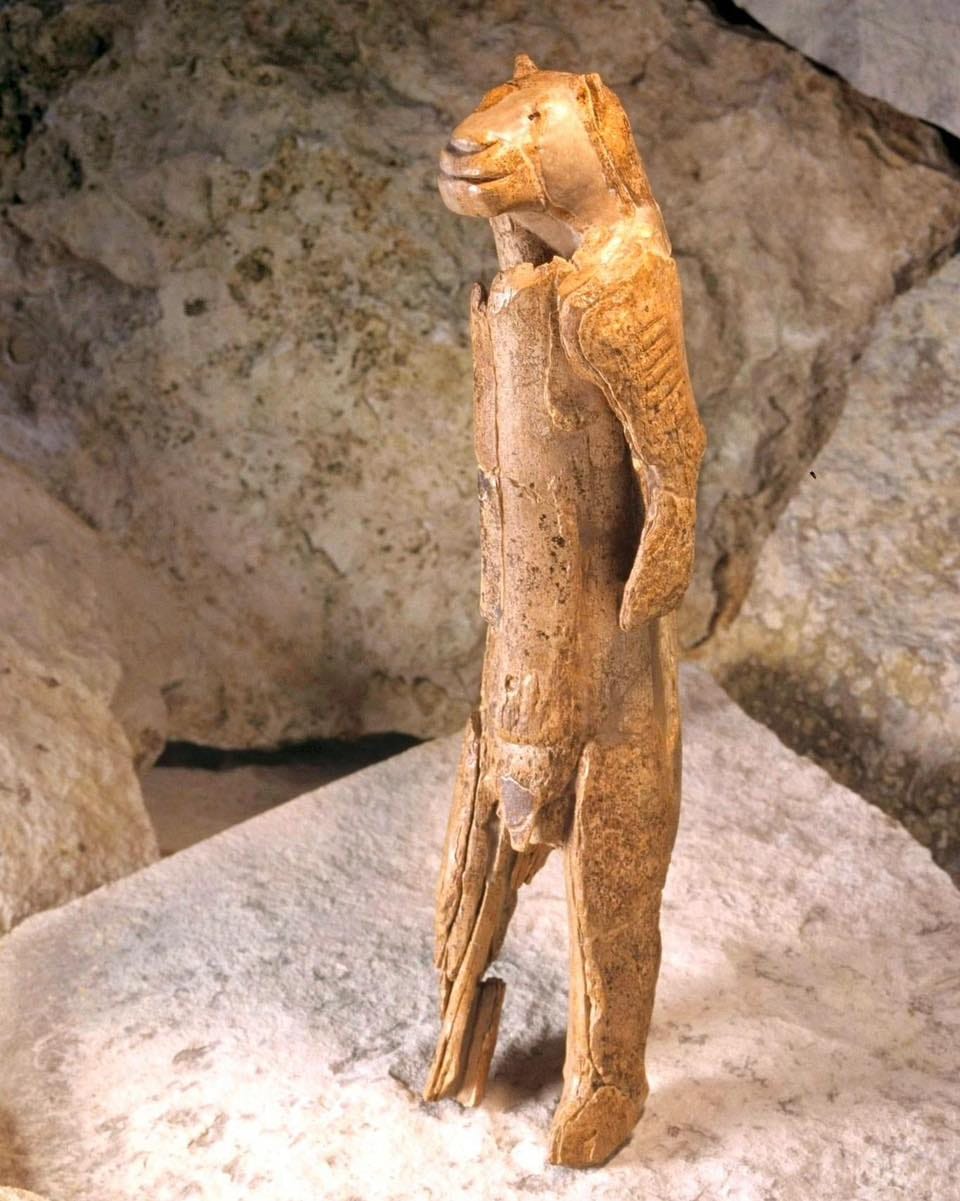
As we contemplate the Lion-Man, we are reminded of the continuity of artistic traditions across millennia. Its influence can be seen echoing through the corridors of history, from the cave paintings of Lascaux to the sculptures of ancient Greece. Each stroke of its carvings speaks volumes about human creativity, imagination, and the timeless quest to understand and portray our place in the cosmos.
In conclusion, the Lion-Man transcends its status as a mere artifact; it is a gateway to the minds and hearts of our ancient ancestors. Through its enduring presence, we are invited to ponder the universal themes of identity, symbolism, and the enduring legacy of art—an artistic masterpiece that continues to inspire wonder and awe in the modern world.
